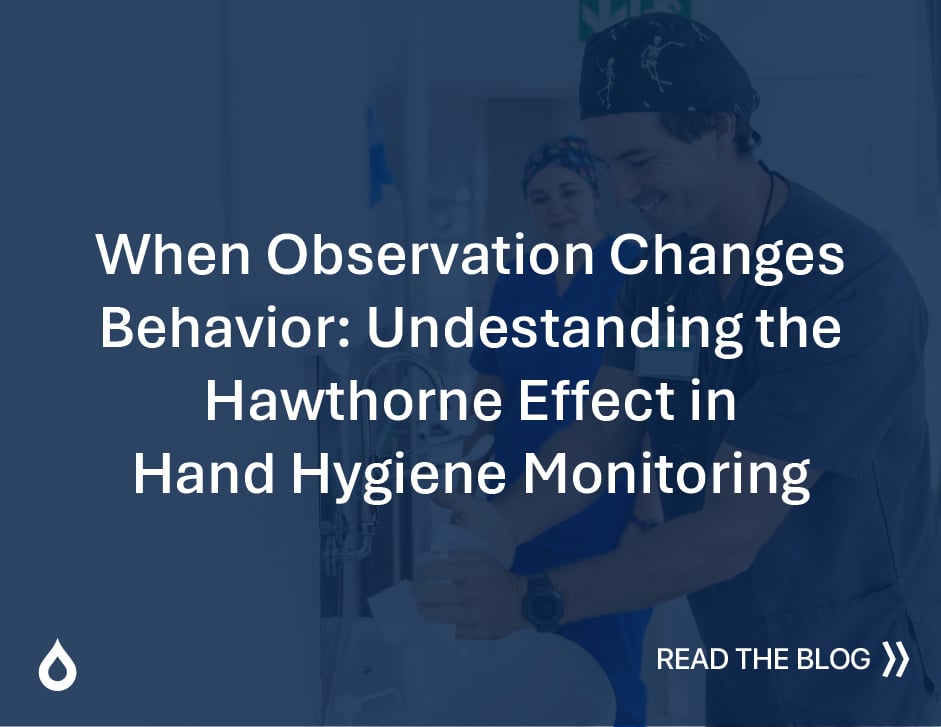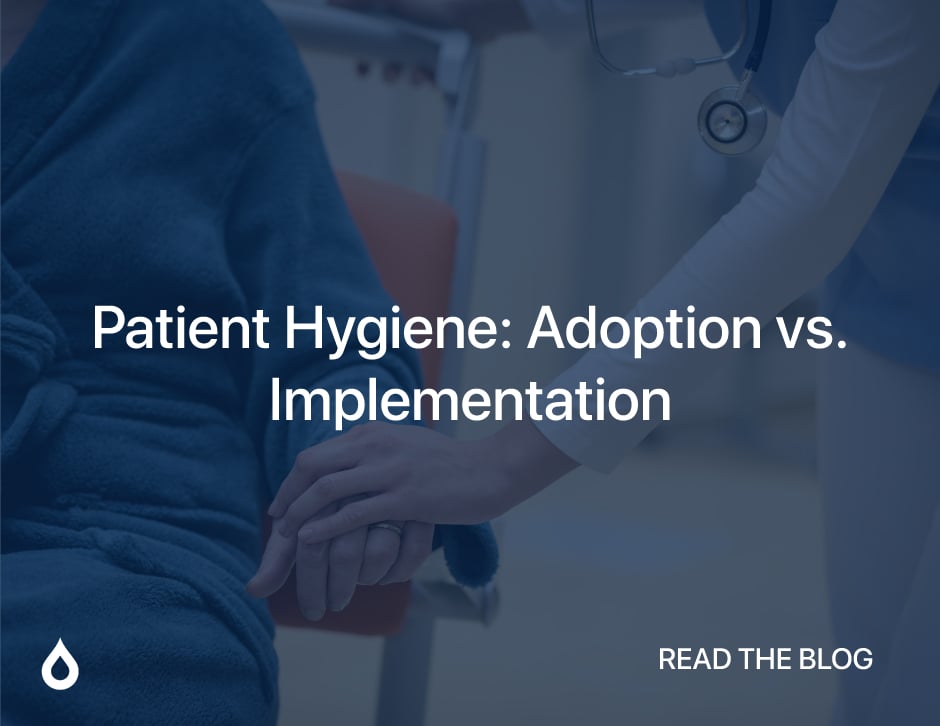At Vitalacy, one of our missions is to help healthcare organizations achieve the highest standards in patient safety through accurate, actionable hand hygiene data. To make it easier for our partners to understand and improve their performance, we developed the Vitalacy Hand Hygiene Grade.
This framework provides a clear, standardized way to emulate hand hygiene performance, giving leaders and frontline staff an at-a-glance understanding of current compliance performance and where improvements can be made.
How the Vitalacy Hand Hygiene Grade Works
The Vitalacy Hand Hygiene Grade was created to give healthcare leaders a realistic and actionable framework for evaluating compliance. Built from real-world client results and aligned with nationally recognized averages, it helps hospitals understand their performance in context.
In healthcare culture, there’s often a narrative that compliance is either 100% or failure—no middle ground. Many frontline staff and leaders feel that if perfection isn’t achieved, the effort has fallen short. But the reality is that no healthcare organization in the industry consistently achieves 100% hand hygiene compliance, and compliance above 90% is extremely rare.
With this system, success isn’t about chasing an impossible 100%. It’s about moving forward, setting achievable goals, and reinforcing a culture of continuous improvement.
Vitalacy Hand Hygiene Compliance Grade Scale
- A (Excellent) 70-90%: Exceeding national hand hygiene compliance averages, setting a benchmark for best practices, and demonstrating a strong culture of safety. This aligns closely with Leapfrog’s expectations (Leapfrog, 2025).
- B (Moderate) 50-70%: Meeting general compliance expectations but with room for improvement. Some areas may need focused efforts to ensure consistency and adherence to best practices.
- C (National Average) 30-50%: Aligning with national compliance averages but still presenting opportunities for enhancement. While acceptable, higher adherence is encouraged for patient safety.
- D (At Risk) 15-30%: Significant gaps in compliance that could raise concerns with regulatory bodies like Leapf Urgent interventions are needed to address deficiencies.
- F (Critical Risk) Below 15%: Critical non-compliance, indicating a high likelihood of infection risks and regulatory issues. Immediate corrective action is required.
Why This Framework is Different
The Vitalacy Hand Hygiene Compliance Grade is a standardized framework built on automated, 24/7 monitoring—not short observation windows or mystery shopper snapshots. Unlike traditional methods that often report inflated compliance rates based on just a few hours of data, Vitalacy’s grade reflects the true picture of hand hygiene across all shifts and profession types, every day of the week.
For frontline care clinicians, the grading system shifts the culture away from the unrealistic “100% or failure” mindset. It gives staff a meaningful way to understand performance without feeling defeated by impossible expectations. By showing that improvement is measured across a spectrum—not just perfection or failure—it encourages ongoing effort, accountability, and recognition of progress.
Ultimately, the Vitalacy Grade creates a shared language between staff and leadership. It reduces confusion, promotes transparency, and keeps improvement efforts focused on achievable goals—making it not just a measurement tool, but a driver of cultural change in hand hygiene compliance.
Driving Improvement with Hand Hygiene Grades
The Vitalacy Hand Hygiene Grade is more than a score; it’s a roadmap for improvement. Our Client Success team works directly with your infection prevention and nursing leadership to interpret results, implement targeted coaching, and monitor progress over time. We partner with you to close performance gaps, improve Leapfrog scores, and reduce HAIs.
Celebrating Success
Facilities achieving an A grade demonstrate exceptional leadership in patient safety and become eligible for recognition in our Vitalacy Center of Excellence Program. These organizations set the bar for others and serve as examples of how technology, data, and teamwork can create a culture of safety that lasts.
Start Your Path to Excellence
Whether your hospital is starting from a C or already aiming for an A, Vitalacy’s Hand Hygiene Grade provides a clear, data-driven way to improve. By focusing on accurate measurement and ongoing support, we help you achieve better outcomes for both patients and staff.
Learn more about how Vitalacy can help your organization improve hand hygiene compliance and patient safety at vitalacy.ai.
References
Haas, J. P., & Larson, E. L. (2007). Measurement of compliance with hand hygiene. Clinical Infectious Diseases, 44(5), 676–682.
Cure, L., & Van Enk, R. (2015). Modeling the effect of hand hygiene compliance on the transmission of infections in healthcare facilities. American Journal of Infection Control, 43(2), 160–164.
Srigley, J. A., et al. (2014). Quantification of the Hawthorne effect in hand hygiene compliance monitoring using an electronic monitoring system. Infection Control & Hospital Epidemiology, 35(1), 93–98.
World Health Organization. (2009). WHO Guidelines on Hand Hygiene in Health Care. WHO Press.
The Leapfrog Group. (2025). 2025 Leapfrog Hospital Survey (Version 9.1). May 2, 2025.



